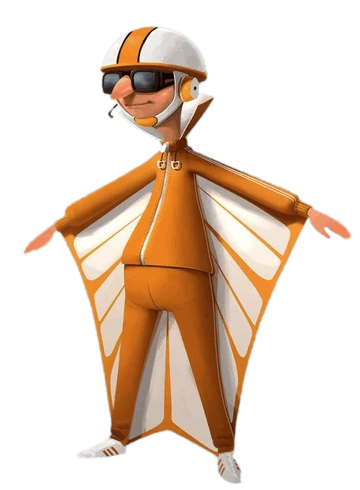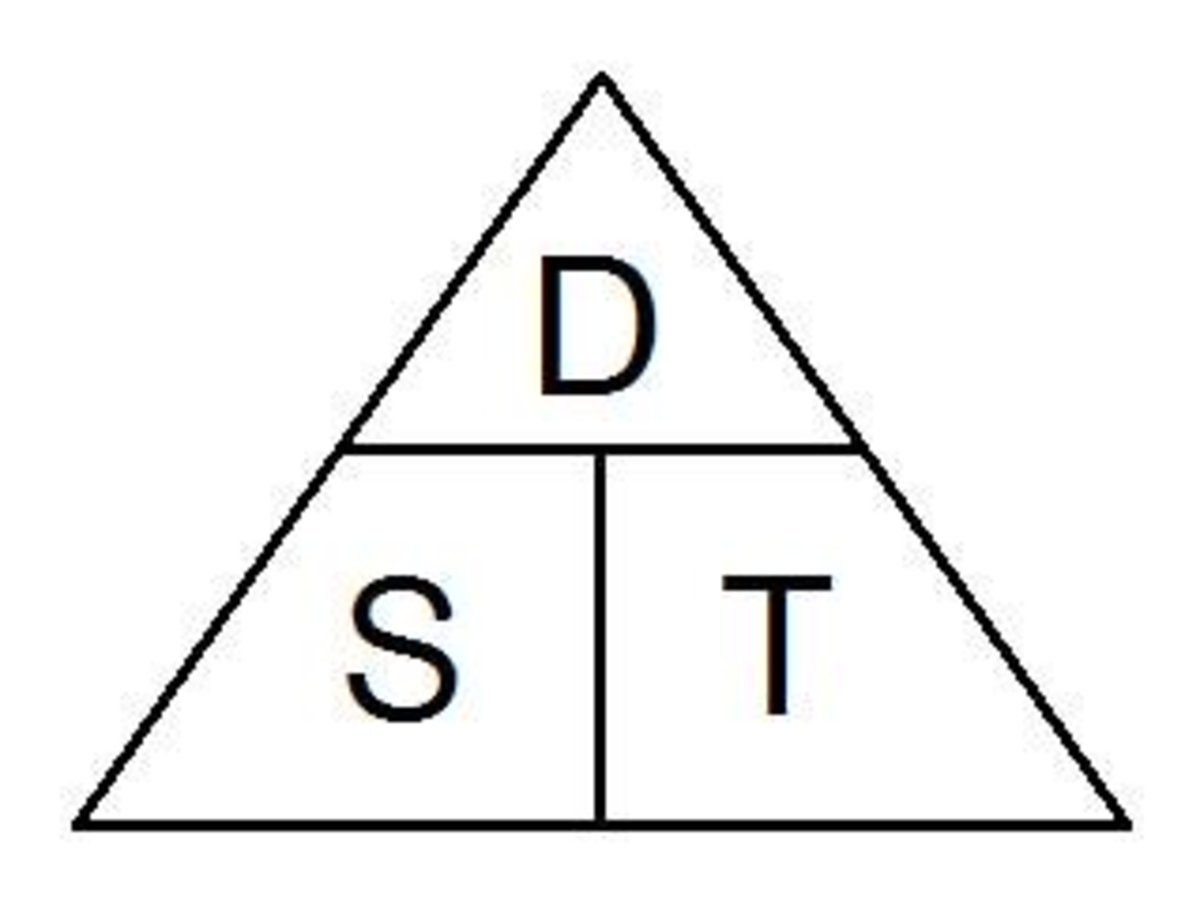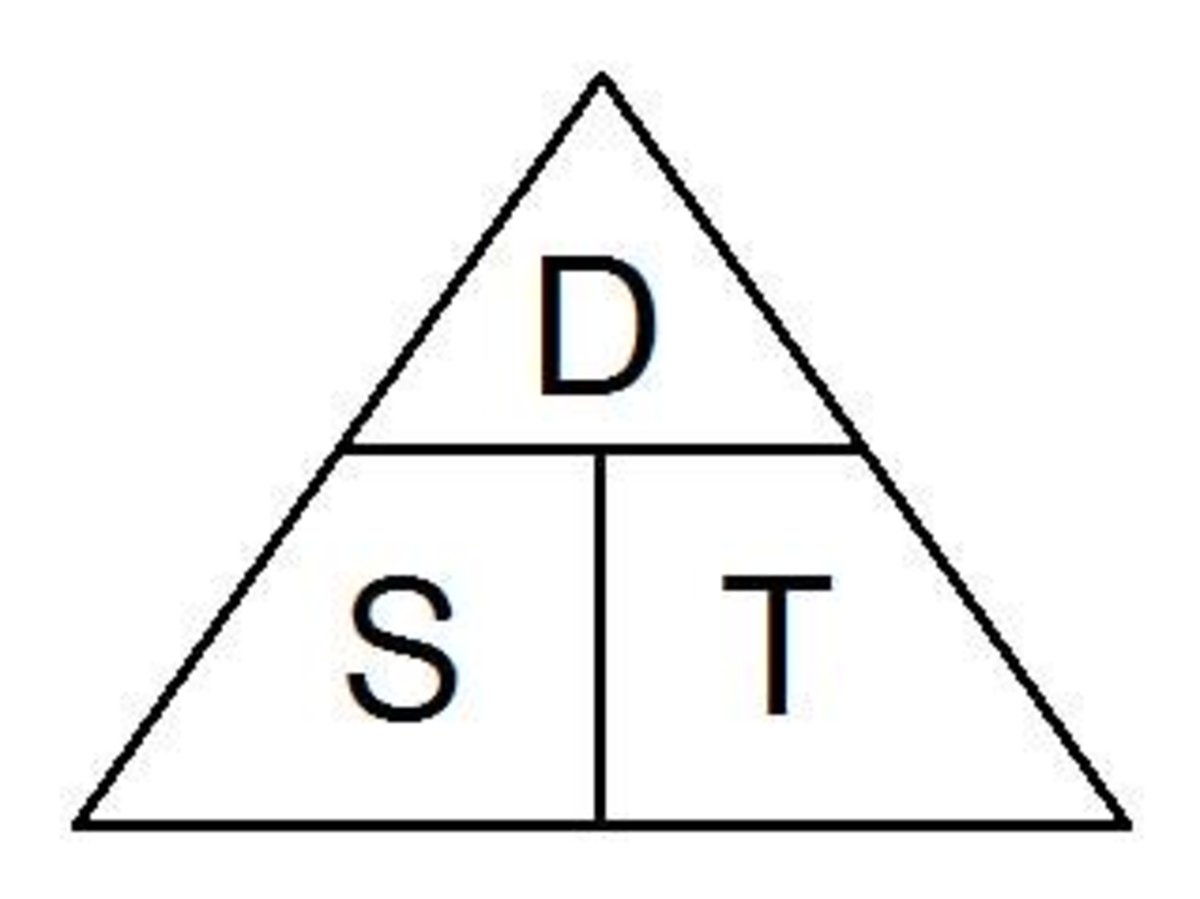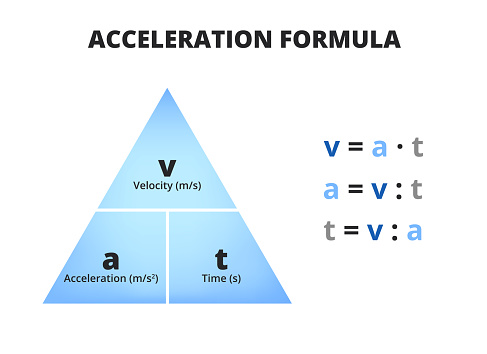Physics P1- distance and displacement 🏃♀️
1/45
Earn XP
Description and Tags
Name | Mastery | Learn | Test | Matching | Spaced |
|---|
No study sessions yet.
46 Terms
what digits are significant?
1.any number from 1-9
2. sandwiched zeros
3.trailing zeros
what digits are not significant?
1.leading zeros only
any counted number has…
an infinite amount of sig digs (due to the decimals)
when rounding and the digit is 4 or less, what do you do?
round down
when rounding and the digit is 5 or greater, what do you do?
round up
what is scientific notation?
a way of expressing very large or very small numbers
what is the basic way of writing sci notation?
a.bc x 10d
a= any non zero digit
b+c= any # of digits from 0-9 (rounded sig digs)
d=exponent/# of decimal places moved
what are the sig dig rules with addition and subtraction?
answer must have the same # of digits after the decimal as the fewest # given in the question
ex, 12.526 + 1.4 = 13.9
what are the sig dig rules with multiplication and division?
keep the least number of total sig digs given in the question
ex, 12.323 + 1.21 = 14.9
what is the definition of kinematics?
the study of the motion of objects
uses words, diagrams, numbers, graphs, and equations
helps us describe and explain the motion of real world objects
what is a scalar quantity?
a measurement showing magnitude (size) only
ex, 5 meters, 20 degrees celsius
what is a vector quantity?
a measurement showing both magnitude (size) and direction
ex, 30 m/s east, 5 km north

what is distance?
a straight line between 2 points
aka the length of the path travelled from 1 point to another
a scaler quantity
what is displacement?
the difference from where you end vs where you started
a vector quantity
what does the Δ symbol mean?
it is called delta
means “change in” aka final pos-initial pos
what is position?
where an object is located at a certain time
typically used interchangeably with displacement
what is the formula
what is the formula for displacement
for displacement?
displacement=final pos - initial pos
what is speed?
a scaler quantity
the distance traveled in a certain amount of time
what is velocity?
a vector quantity
the displacement of an object in a certain amount of time
what is uniform motion?
movement with constant speed/velocity (0 acceleration)
is time scaler or vector?
scaler
what is the formulas for speed
(speed is v, not s)

what is the fomulas for velocity
(velocity is v with hat, not s)

what are the advantages to using graphs for analyzing motion
shows the relationships between variables
helps describe motion observed
how to find slope
slope= y2-y1/x2-x1
what does the slope of a distance time graph represent?
how quickly/ slowly an object moves over a period of time (aka the speed)
what does the slope of a speed time graph represent?
the acceleration of an object over time
how do you determine the area under the line on the graph?
choose 2 points on the line
draw lines down from the line to the x-axis, making a rectangle
use the formula for area (L X W)
use b x h / 2 for the triangle ontop
what does the area underneath the line on a velocity time graph represent?
the total displacement of the object during the specific time interval
if the line of best fit is straight and has a positive slope on a distance time graph…
there is a direct relationship
if the line of best fit has a steeper slope on a distance time graph…
the object is traveling faster
if the line of best fit has a less steep slope on a distance time graph…
the object is travelling slower
a horizontal best fit line on a distance time graph indicates…
the object is at rest
a curved best fit line on a distance time graph indicates…
accelerated motion
if the line of best fit is straight and has a positive slope on a speed time graph…
there is a direct relation to speed+time (basically accelerating at a constant rate)
if the line of best fit is straight and has a negative slope on a speed time graph…
the object is slowing down (deceleration)
a horizontal best fit line on a speed time graph indicates…
uniform motion
what is the difference between a distance time graph and displacement time graph?
the first is scaler and the second is vector (shows direction)
what is the difference between a speed time graph and velocity time graph?
the first is scaler and the second is vector (shows direction)
what is acceleration?
the change in speed or velocity of an object over a period of time
the changes can take two forms : an increase in S/V or a change in objects direction
what is the formula for acceleration?

acceleration is given a positive sign unless…
its decreasing (deceleration)
its moving in a negative direction (backwards, down, left)
the direction of acceleration is the same as…
the direction of the change in the velocity
what is the value of acceleration due to gravity?
-9.81 m/s2
how do you find total velocity?
= final velocity - initial velocity
how do you find final velocity?
= change in velocity + initial velocity